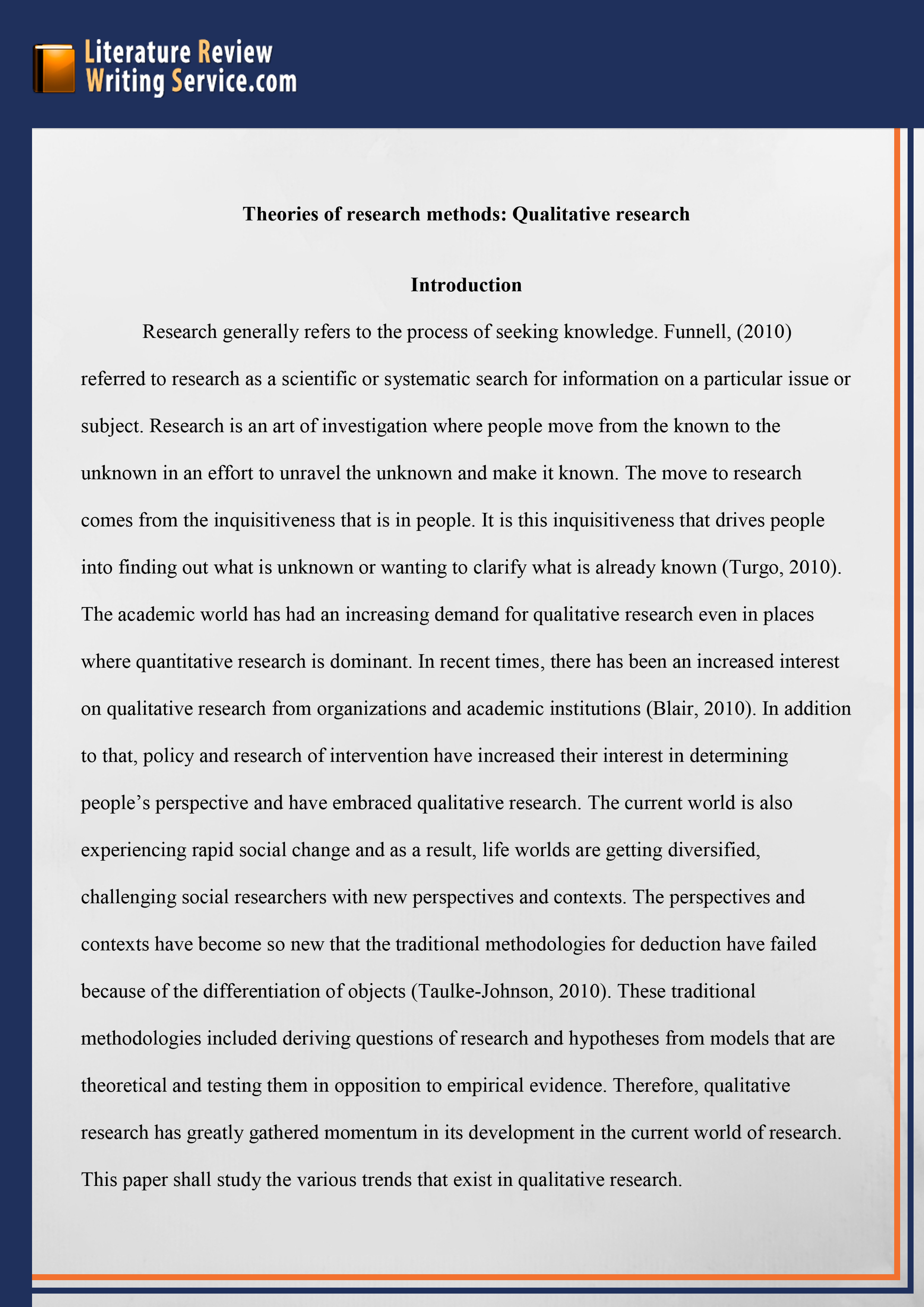How to write your literature review
A literature review surveys review, scholarly articles, and any other sources relevant to a particular issue, area of research, or theory, and by how to write your literature review doing, provides a description, summary, and critical evaluation of these works in relation to the research problem being investigated.
Writing a Literature Review | Library
Literature reviews are designed to provide an overview of sources you have explored while researching write your literature particular topic and to demonstrate to your readers how your research fits within a larger field of study.
Conducting Research Literature Reviews: From the Internet to Paper.

A literature review may consist of review a summary of key how to write your literature review, but in the social sciences, a literature review usually has an review pattern and combines both summary and synthesis, click within specific conceptual categories.
A summary is a recap of the important information of the source, but a synthesis is a re-organization, or a reshuffling, of that information in a way that informs how you are planning to investigate a research problem.

The analytical features of a literature review might: The purpose of a literature review is to: Sage, how to write your literature review Hart, Chris. Doing a Literature Review: Releasing the Social Science Research Imagination.

Sage Publications, ; Jesson, Jill. Doing Your Literature Review: Traditional and Systematic Techniques. Political Science how to write your literature review Politics 39 January A Step-by-Step Guide for Students. It is important to think of knowledge in a given field as consisting of three layers.
Writing a literature review
First, there are how to write your literature review primary studies that researchers conduct and publish. Second are the reviews of those studies that summarize and offer new interpretations built from how to write your literature review often extending beyond the primary studies.
Third, there are the perceptions, conclusions, opinion, and interpretations that are shared informally that become part of the lore of field. In composing a literature review, it is important to note that it is often this third layer of knowledge that is cited as "true" even though it often has only a loose relationship to the continue reading studies and review literature reviews.
Given this, while literature reviews are designed to provide an overview and synthesis of pertinent sources you have how, there are a number of approaches you could adopt depending upon the type of analysis underpinning your study.
Guidelines for writing a literature review
Types of Literature Reviews. Argumentative Review This form examines literature selectively in order to support or refute an argument, deeply imbedded assumption, or philosophical problem already established in the literature. The purpose how to write your literature review to develop a body of literature that establishes a contrarian viewpoint.
Given the value-laden nature of some social science research [e.
- Management accounting vs cost accounting ppt
- Write essay for me plagiarism
- Doctoral dissertation help nursing home
- Do science homework for pay
- Argumentative essay examples immigration
- Essay for
- Dissertation writers net banking
- Dissertation on film posters
- What is a thesis dissertation year
- Essay public service youtube

Ayurvedic thesis
A literature review is a critical analysis of published sources, or literature, on a particular topic. It is an assessment of the literature and provides a summary, classification, comparison and evaluation. At postgraduate level literature reviews can be incorporated into an article, a research report or thesis.

How to start an essay on william shakespeare
Writing a literature review is often the most daunting part of writing an article, book, thesis, or dissertation. I have found it helpful to be as systematic as possible when completing this gargantuan task. Their system provides an excellent guide for getting through the massive amounts of literature for any purpose:

I need someone to do my chemistry homework for me
A literature review is both a summary and explanation of the complete and current state of knowledge on a limited topic as found in academic books and journal articles. There are two kinds of literature reviews you might write at university: The focus and perspective of your review and the kind of hypothesis or thesis argument you make will be determined by what kind of review you are writing.
2018 ©